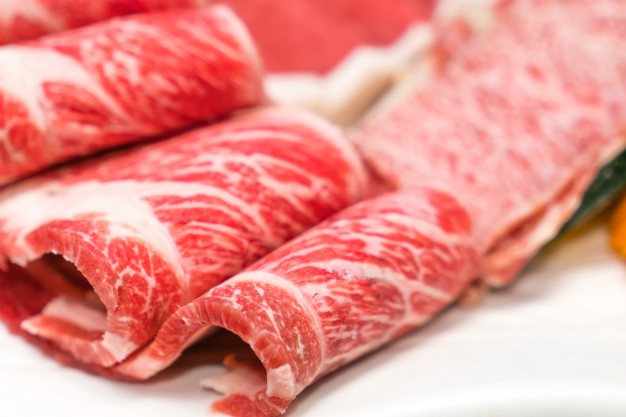top of mind news
- See How All 50 States Are Reopening (and Closing Again)
- Recapturing Office Catering Dollars
- Seafood Trend Picks Up Steam During COVID-19 Pandemic
- Menu Engineering: Focus on Profitability
- Restaurant Owners Facing New Liabilities as a Result of the Pandemic
Poultry
 For the week ending June 27th, chicken slaughter picked up from the week prior, and was the largest for any week since late March. Still, production lagged 6.6% below year ago levels. RTC production was down a more modest 4.1% (y/y). Amid tighter production schedules, breast meat and wing prices have been firming while the dark meat complex has fallen sharply. Lack of export demand continues to leave larger inventories of dark meat on the wholesale market and this may not be over soon. Wing inventories are mostly adequate, but the uncertainty regarding the resumption of sports, coupled with a potential pull back on restaurant re-openings may pressure the wing markets even deeper than their usual seasonal weakness during the summer.
For the week ending June 27th, chicken slaughter picked up from the week prior, and was the largest for any week since late March. Still, production lagged 6.6% below year ago levels. RTC production was down a more modest 4.1% (y/y). Amid tighter production schedules, breast meat and wing prices have been firming while the dark meat complex has fallen sharply. Lack of export demand continues to leave larger inventories of dark meat on the wholesale market and this may not be over soon. Wing inventories are mostly adequate, but the uncertainty regarding the resumption of sports, coupled with a potential pull back on restaurant re-openings may pressure the wing markets even deeper than their usual seasonal weakness during the summer.
Beef
Last week’s beef production was shortened by the Independence Day Holiday, which likely caused Friday and Saturday’s output to be light as well. The USDA boxed beef cutouts continue to decline, but not as intense which was the case in recent weeks. Middle meats and beef trimmings have been taking the bulk of the price losses, but the end cuts are now firming moving into the summer months. The dog days of summer are typically light on beef movement, but the now attractive prices and elevated production levels may keep this year’s beef sales more robust than in years past.
Pork
Pork production continues to escalate relative to year ago levels, and fresh pork supplies remain abundant. Prices have been choppy, but mostly lower, with pork bellies struggling to hold above a $1.00/lb. Ham prices have remained well below year ago levels. But the pork rib markets continue to be above 2019 levels on solid retail demand. Anticipate Mexico to be a lackluster export partner for pork, but China has stepped up by buying a record volume of U.S. hams at depressed prices. Still, look for pork exports to underpin prices moving forward.
THE SEA
Seafood
The shrimp markets continue to track below year ago levels. Lackluster food service demand is weighing on shrimp prices. And now that the beef, pork and chicken markets have returned to buyer engaging levels, shrimp demand is being tempered at retail. With a continued firm dollar, relatively solid shrimp imports are anticipated in the coming months which could weigh on the shrimp markets.
THE GARDEN
Produce
The tomato markets remain mixed. The chief harvest areas in the East is shifting north which can be accompanied by short term supply disruptions. However, no major supply gaps are anticipated in the near term. History does suggest that the tomato markets are likely to firm as the summer progresses. The five-year average move for the mature green tomato market during the next eight weeks is an increase of 56%. The potato markets are seasonally firming as supplies remain limited and food service demand slowly improves.
THE KITCHEN SINK
Dairy
The cheese markets continue to trade at expensive levels with CME cheese blocks close to a record high. The government has renewed dairy product purchases for their food box program for the next couple of months which is helping underpin the markets. However, cheese production is rising as milk supplies become more available. Further, milk is reported to be trading at discounts in the Midwest. And if that’s not enough, cheese exports are slowing due to the high U.S. prices. Therese factors all point to the risk in the cheese markets being to the downside. Butter prices continues to trade below 2019.
Grains
The USDA lowered their 2020-21 U.S. corn planted acreage estimate last week to 92 million which is nearly 5 million less than the prior estimate. This factor and dry weather have brought support to corn prices. Assuming the weather cooperates, corn supplies should be fine, but prices could become erratic until the harvest this fall.
Oil
Crude oil prices have continued to slowly firm with the weekly WTI nearby futures close last week the highest in four months. Still, soft gasoline demand should temper the upside in the crude oil and petroleum product markets this summer.













